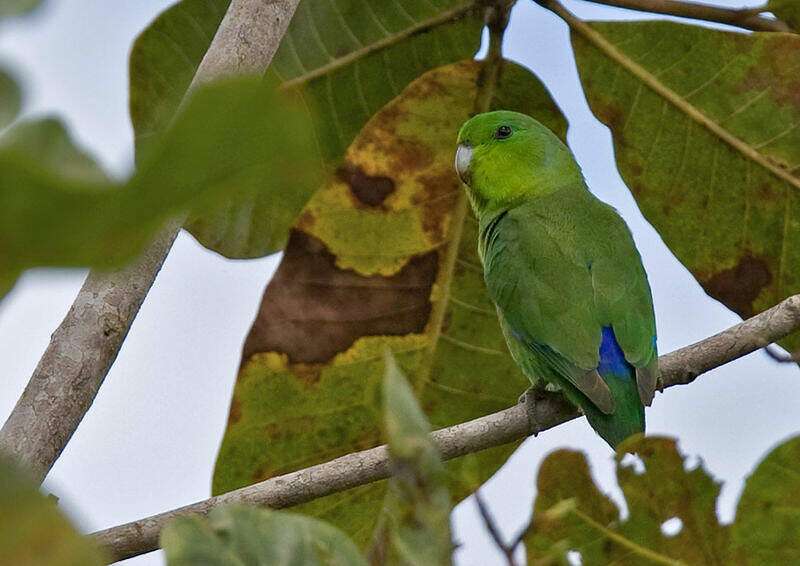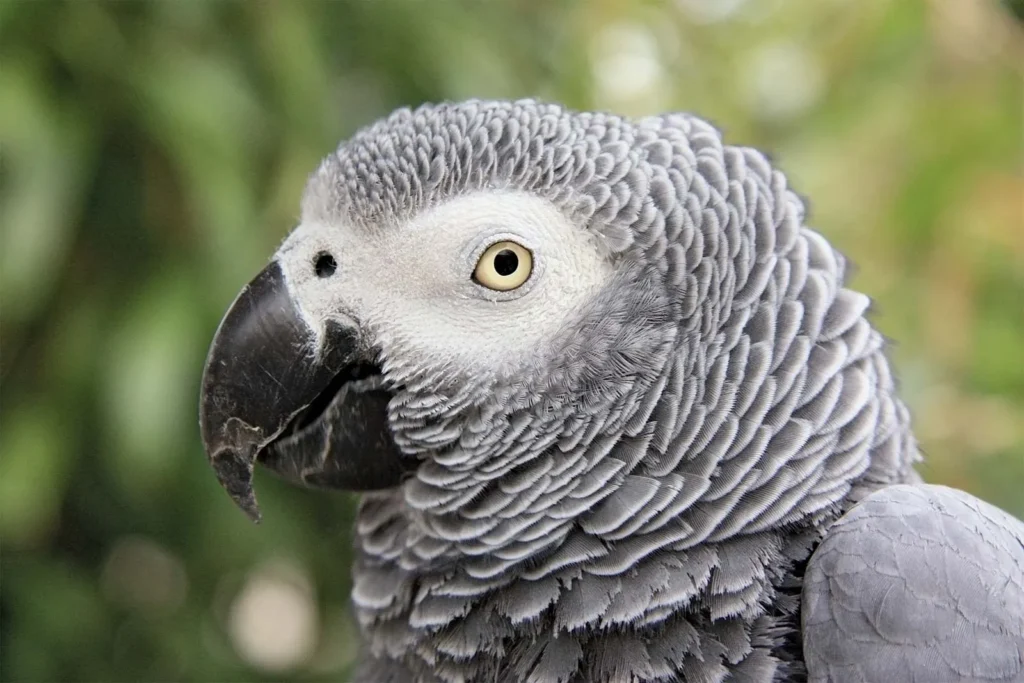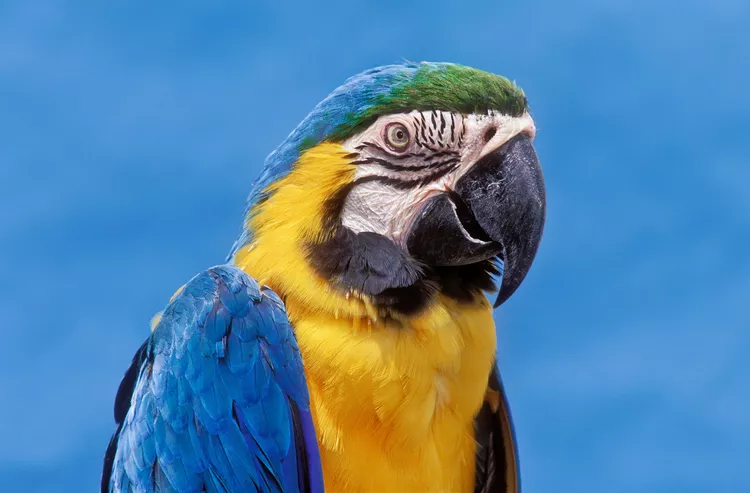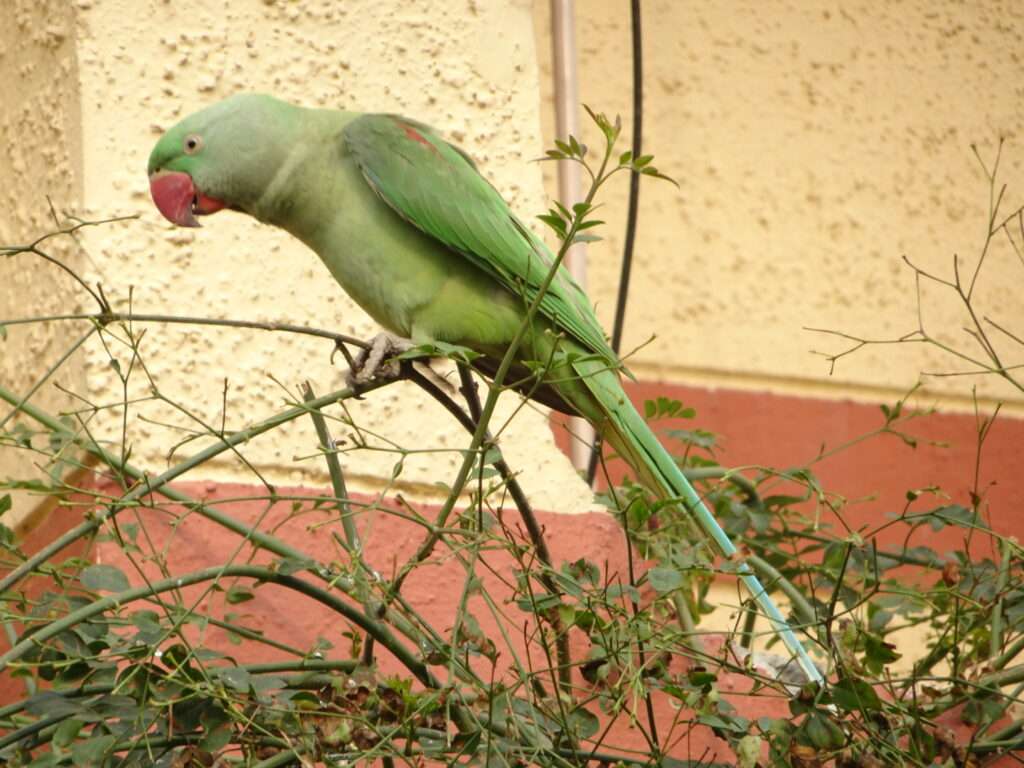
Description
Life span: 15-20 years
The back is darker and the front is notably lighter than the rest of the body, which is a pale green tint. On the tops of the wings are several deep blue flying feathers and little patches. Sexual dimorphism is present in this breed, and the females lack blue color. They also go by the name “blue-winged parrotlet.”
Habitat/Native Region
Most of South America serves as the native home for these small parrots. The majority of the nations have them as a common regional parrot. They are mostly found in the basin of the Amazon River and have rather stable populations. These parrotlets have successfully adapted to their environment and have thrived as a breed. They are most usually observed in savannahs, woodlands, and the periphery of tropical forests. They were also among the first parrots from South America to be introduced to Europe. They were captured and taken to Portugal as early as 1511.
As Pet

Behavior
The piercing, squeaky natural calls of the cobalt-rumped parrotlet are not exceptionally loud. To add a healthy dose of fun, they could murmur a few short sentences and repeat them in a cartoonish way. It is a calm bird that is ideal for living in an apartment. They occasionally make piercing, screeching natural noises, similar to other parrots, but at very low volume.
The parrotlet’s outgoing, sociable, and friendly nature allows these birds to develop strong ties with their owners. They are vivacious creatures who occasionally cause trouble, but only for fun. Every owner will appreciate their affable disposition and affectionate nature. They can be downright goofy and wicked at times, and they won’t hesitate to snuggle up to a person in bed or explore the world under the blankets. They also like to be scratched and cuddled.
Care
The owner might look for a commercial parrotlet seed mix as a nice place to start when creating a healthy diet for pets. This includes all the essential ingredients, including oats, millet, canary grass seeds, wheat, and weed seeds. These all provide the essential proteins and nutrients that a pet needs. For additional vitamins, the owner should also consume a regular serving of fresh fruits and vegetables.
Table





